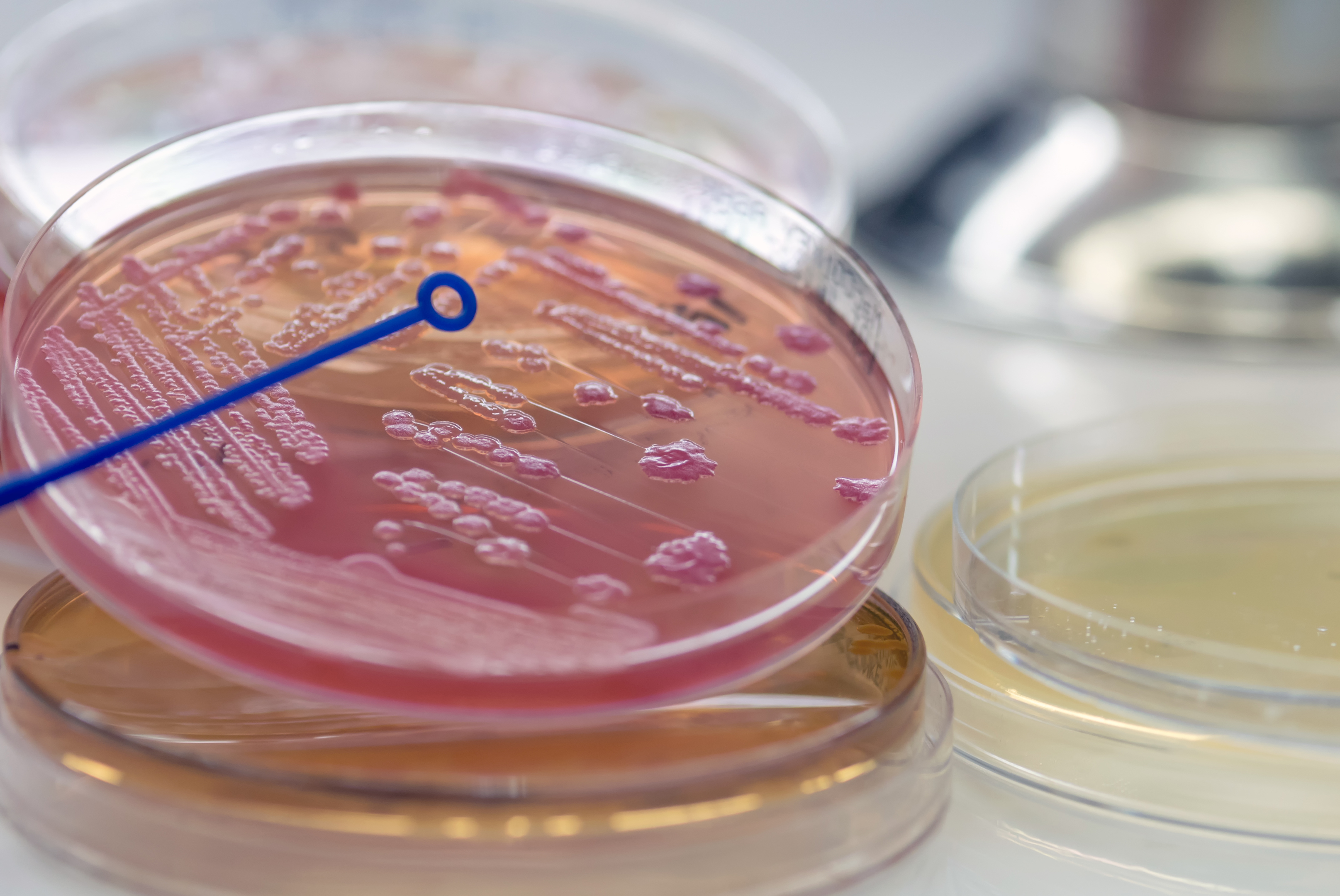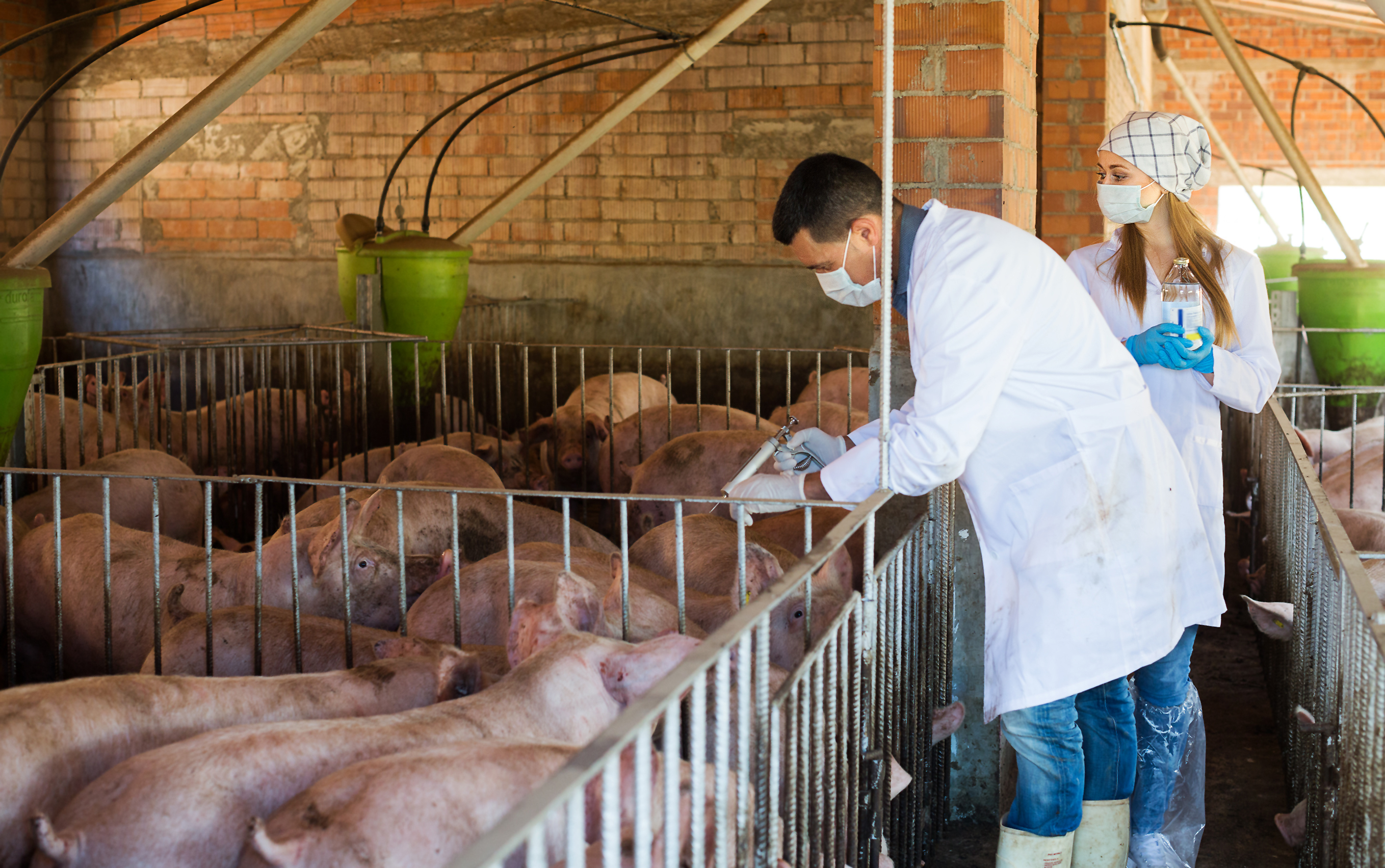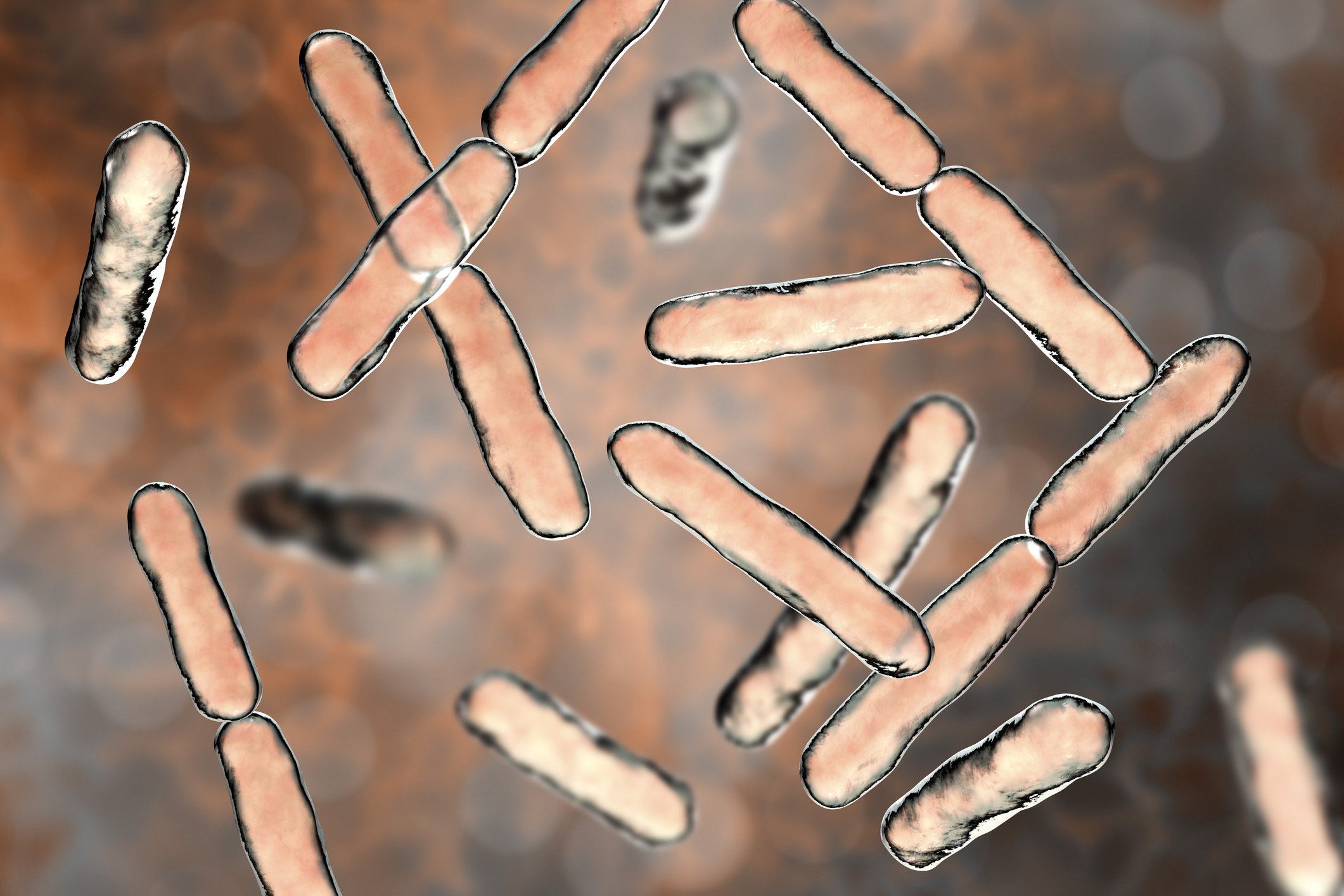
ANTIBIOTIC resistance is predicted to be the biggest cause of death in the world by 2050 – with the potential to claim 50 million lives around the globe, leading experts have said.
In 2017, the UK risk register estimated there are around 200,000 people who are Anti-Microbial resistant in the country.
This means, according to Scottish Government infection adviser Alistair Leonard, that if there were to be an outbreak of antibiotic resistant infection in Britain, a population the size of Paisley could potentially be wiped out.
However, one UK scientist believes he has a solution to the growing problem, and has begun applying it in Scotland.
Aled Rhys Davies is managing director and founder of Prue X, a new company aiming to help lead the fight back against Anti-Microbial resistance.
Mr Davies hopes to tackle infection from the root cause, rather than attempting to cure it with antibiotics.
He claims that by making an area “sterile” actually helps to leave space for more harmful bacteria in the environments to fill the void space, creating more bad bacteria than was potentially there before. This leads to greater risk of infection and subsequently, greater use of antibiotics.
Mr Davies says: “When you use disinfectant to clean your hands, all that does is leave a surface area ready for repopulation by the next bacteria to arrive on the sterile skin.
“So the very next thing we touch; a keyboard, a door handle or our nose for example, will populate our sterile hands with the dominant bacteria that populates those surfaces.
“So we run the risk of growing dangerous bad bacteria – that found in faeces – to dominate the surface of our hands, which is the total opposite to our aim of sterilising the area.”
The first company in the UK to promote this method, Prue X products are instead filled with good bacteria spores found in soil, which teamed with alcohol, or other sterile creating agencies, allow the clean space to be filled with good bacteria, which prevents harmful bacteria from colonising the surface of the skin, leading to infection.
The practice is currently being used in hospitals and farms across Europe, North America and Australia, but has yet to be adopted by the NHS.
“I do think this method will eventually be taken on by British health services” says Mr Davies, “and I certainly hope to be involved in that process.”
Mr Davies’ work began by focussing predominantly on farming environments, where sterilisation, infection, and the use of antibiotics is rife.
Antibiotic use in animals can be dangerous for humans if remnants are found in meat and dairy, as this can also increase our resistance to the drugs.
Two poultry farms in the Highlands have recently begun using Prue X products, as well as a number of animal and dairy farms across the UK and are seeing highly positive results.
Marcus Hunt, a dairy farmer from Lutterworth saw a huge reduction in the amount of ecoli bacteria on his cow’s teats and lameness in his herd after using good bacteria to clean the skin and feet:
“Before, we’d completely sterilise the teats [with antibacterial chemical spray] and they’d be spotless, then once we put teat cup back on, they’d be covered in ecoli again.
“Using the bacterial spray, the teats are so much dryer and they’re not dirty, which is the main thing for us.”
Currently, around 1000 tonnes of antibiotics are used on farm animals across Britain a year, but Mr Davies says simply harnessing natural, soil based, good bacteria is the solution to the problem of infection:
“Animals are not meant to be in sterile conditions.
“When a calf is born, if it is born onto soil, it will immediately be covered in good bacteria which can help fight off infection. But, if it is born onto a sterile surface, which then becomes populated with fecal bacteria, that calf could become sick and need to be treated with antibiotics.
“By putting this good, soil based bacteria on straw, or inside barns where animals are living, we are reducing the potential of infection in the animals and therefore reducing the need for antibiotic treatment.”
Disinfectant, chlorine, alcohol and bleach remove all bacteria from surfaces, regardless of whether it is good or bad, but to try to rid our environments of all bacteria is actually extremely harmful to our immune systems, says Mr Davies:
“It’s currently believed that around 52% of the human body is made up of bacteria, 48% human cells. So we can’t actually live without bacteria – it’s part of our immune systems, it’s part of breaking down our food in the digestive system.
“In the past, children were always sent to play outside and they would get good soil bacteria all over them and bring that into the house.
“But nowadays in houses with double glazing, surfaces cleaned with bleach and being encouraged to use disinfecting hand gels, children are not getting access to as wide a range of bacteria as they maybe did years ago.
“That means they are accessing a narrower range of bacteria, often dominated by much more infective types of bacteria.
“We’ve reached a point where we think we’re protecting ourselves and our farm animals by being clean and sterile, but actually, we’re just making ourselves and them sick.”
Commenting on Prue X’s new methods, Dr Alexander Corbishley, Lecturer in Farm Animal Practice at the University of Edinburgh said: “Clearly for surgical instruments, sterility will always be the way forward. That said, in many other situations, there is increasing evidence that managing the microbiome (good bacteria) may be beneficial.
“With that in mind, there are therefore a number of different products being developed that aim to move away from the simplistic concept of disinfection.
“Agriculture is certainly one of the areas of focus. We are seeing more ‘prebiotics’ that aim to feed the ‘good bacteria’ that already exist in/on animals and their environment and ‘probiotics’ that contain ‘good bacteria’ that can be seeded in/on to animals and their environment.
“Unfortunately, whilst the scientific principles are sound, very few of the products that are currently on the market have strong and appropriately controlled studies to support their use.
“Therefore, whilst it is certainly an exciting area of research, we need high quality trials to understand just how well these new approaches work.”

Enjoy the convenience of having The Sunday Post delivered as a digital ePaper straight to your smartphone, tablet or computer.
Subscribe for only £5.49 a month and enjoy all the benefits of the printed paper as a digital replica.
Subscribe
